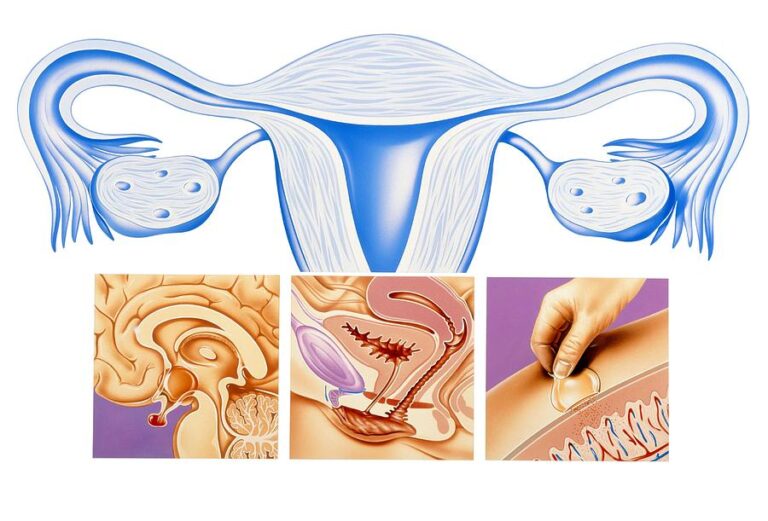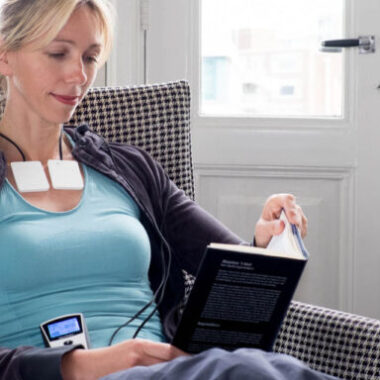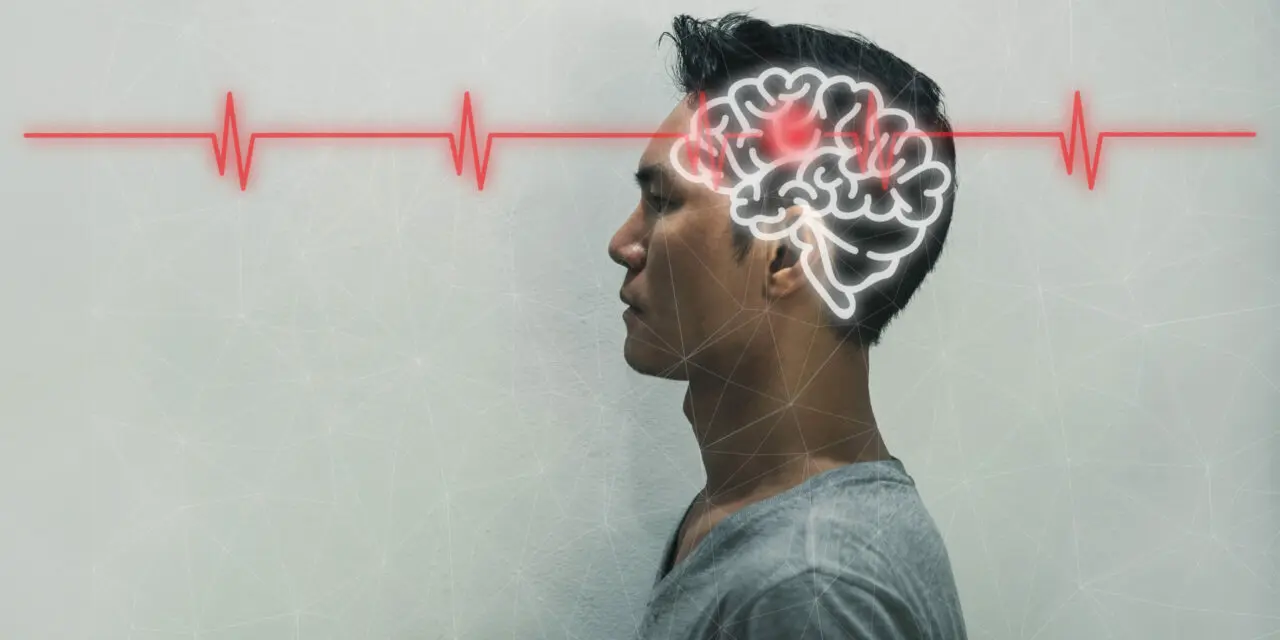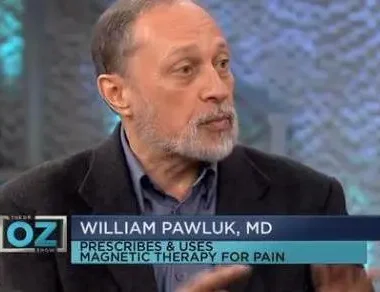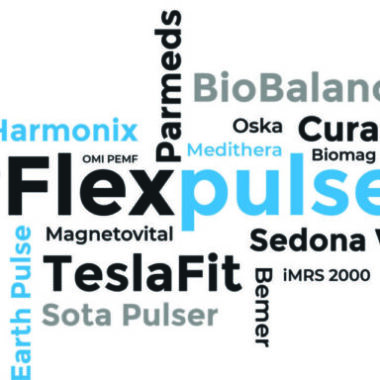Menopause and PEMFs
Menopause Transition Summit Interview with Dr. William Pawluk and Dr. Sharon Stills
tl;dr – Dr. Pawluk emphasizes PEMF therapy’s versatility and value as a foundational tool for health, particularly for women in menopause. Through regular use, PEMFs can address a wide range of menopausal symptoms, from sleep disturbances and hot flashes to bone density and cardiovascular health. This non-invasive, regenerative therapy represents a safe, effective way to enhance quality of life during the menopausal transition and beyond.
Overview
In an insightful interview between Dr. Sharon Stills and Dr. William Pawluk at the Mastering the Menopause Transition Summit, Dr. Pawluk, recognized as North America’s leading expert on Pulsed Electromagnetic Field (PEMF) therapy, discussed the profound benefits PEMFs offer for managing menopause symptoms and overall health. Dr. Pawluk, a holistic physician and former academic at Johns Hopkins, detailed his journey into PEMF therapy after witnessing the risks of conventional pain medications like Ibuprofen, which can cause life-threatening GI bleeds. Seeking non-invasive, safer alternatives, he initially studied acupuncture, then transitioned to using magnets for pain relief and healing. After observing rapid results, such as the accelerated healing of a spider bite, Dr. Pawluk’s interest in magnetic fields grew, leading him to co-author research and explore PEMF’s broader applications for health restoration.
PEMF Applications
PEMF therapy involves applying pulsed magnetic fields to the body, contrasting with static magnets, which rely on passive energy flow. Dr. Pawluk clarified that PEMFs work dynamically, pulsing magnetic energy into tissues and creating a “closed loop” field—safely directed and collapsing upon itself—unlike potentially harmful environmental EMFs. This dynamic nature allows PEMFs to permeate the entire body without damaging tissues, a fact Dr. Pawluk illustrated by comparing PEMF’s “wind-in-trees” effect: though unseen, it profoundly impacts cellular health and circulation. Importantly, Dr. Pawluk emphasized the need for high-intensity PEMF devices that deeply penetrate tissues to stimulate cellular repair effectively. PEMFs have been shown to increase cellular energy, promoting healing responses wherever the body needs it. This is particularly relevant for women facing menopause, who experience a broad range of symptoms from mood shifts to hot flashes, osteoporosis, and cardiovascular issues. According to Dr. Pawluk, PEMFs can mitigate these symptoms by helping the body regain its natural energy balance, or “charge,” vital for healing and functional regulation.
Cellular Regeneration
One of PEMF therapy’s major strengths is its role in cellular regeneration. Dr. Pawluk recounted a striking example of a young girl who regrew her fingertip using daily PEMF treatments after it was accidentally severed. This regenerative capacity is due to PEMFs’ ability to stimulate cell repair, ATP production, and stem cell activation. For women experiencing menopause, this means that PEMFs can help address tissue atrophy, improve skin elasticity, and stimulate collagen production, which naturally declines during menopause. In addition, Dr. Pawluk highlighted PEMF’s effectiveness in reducing inflammation, which is central to managing cardiovascular health—a leading concern for postmenopausal women. By targeting inflammation in blood vessels and the heart, PEMFs can reduce cardiovascular risks, including long-term effects of conditions like COVID-19, which has been associated with increased vascular inflammation.
Bone Health
PEMF therapy also supports bone health, a crucial factor for postmenopausal women who are prone to osteoporosis. Dr. Pawluk explained that while common medications like bisphosphonates slow bone loss, they don’t restore lost bone density, whereas PEMF therapy can actively stimulate bone formation. He stressed the importance of treating the entire skeletal system, not just typical DEXA scan sites like the spine and hips, as fractures in wrists, hands, and feet are also common. Regular, whole-body PEMF sessions can maintain bone density, enhance bone strength, and potentially reduce fracture risk. This preventive approach is valuable for those in early menopausal stages, as it provides a proactive defense against osteoporosis.
Symptom Management
For symptom management, PEMF therapy shows promise in relieving autonomic dysregulation, which underlies symptoms like hot flashes and insomnia. These symptoms are linked to imbalances in the sympathetic and parasympathetic nervous systems. Dr. Pawluk discussed how PEMF therapy could improve vagal tone, essential for reducing stress responses and supporting relaxation. He mentioned studies showing the benefits of high-intensity PEMF on the carotid artery, which can stimulate the vagus nerve. This stimulation helps modulate the autonomic nervous system, reducing hot flashes and improving sleep quality—a common concern among menopausal women. By enhancing sleep through increased melatonin production, PEMFs support deep, restorative sleep, an essential element for mood regulation and energy levels.
PEMFs and Cancer Levels
Dr. Pawluk also dispelled concerns about PEMF therapy exacerbating cancer, explaining that research largely indicates PEMFs do not promote cancer growth. Instead, PEMFs can be part of maintenance care for cancer survivors, helping strengthen bones and prevent osteoporosis—a frequent complication of cancer treatment. For women with breast cancer histories, PEMFs can help manage residual risks by maintaining bone health and reducing inflammation, supporting overall longevity and quality of life.
PEMF Recommendations
Regarding practical applications, Dr. Pawluk recommended whole-body PEMF devices to address systemic health and local PEMF devices for targeted relief. High-quality devices, such as those providing around 4,000 Gauss, are ideal, as lower-intensity devices often only provide surface-level benefits. He advised integrating PEMFs into daily routines for sustainable benefits, much like using a “magic mat” that one lies on each night to rejuvenate cellular energy. PEMFs work by creating a stable “charge” in cells, which slows aging processes, increases energy, and supports natural resilience. Additionally, Dr. Pawluk mentioned PEMFs as valuable adjuncts to bioidentical hormone replacement therapy (BIHRT), though he advised against depending solely on hormones, as PEMFs provide distinct anti-inflammatory and regenerative advantages.
